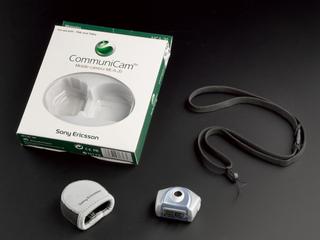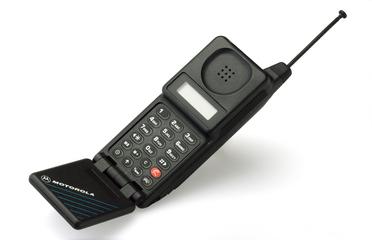
Whitehouse's induction coil, 1858
- Made:
- 1858 in unknown place




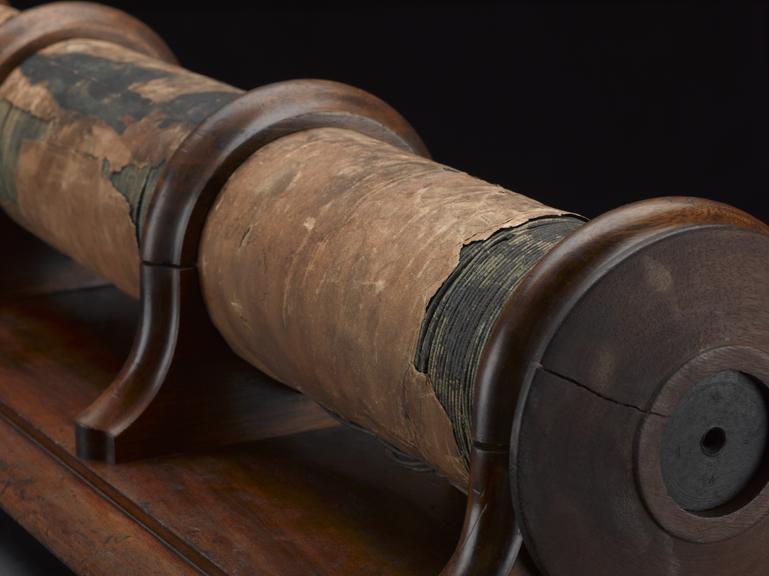
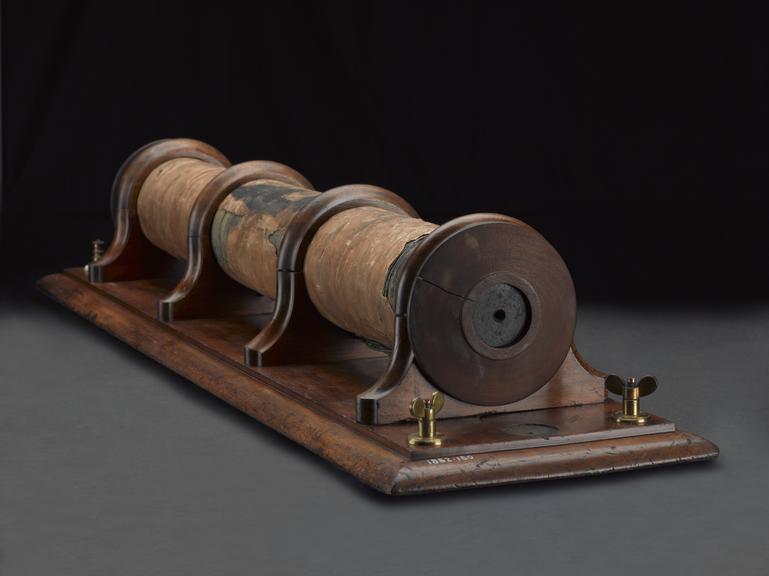
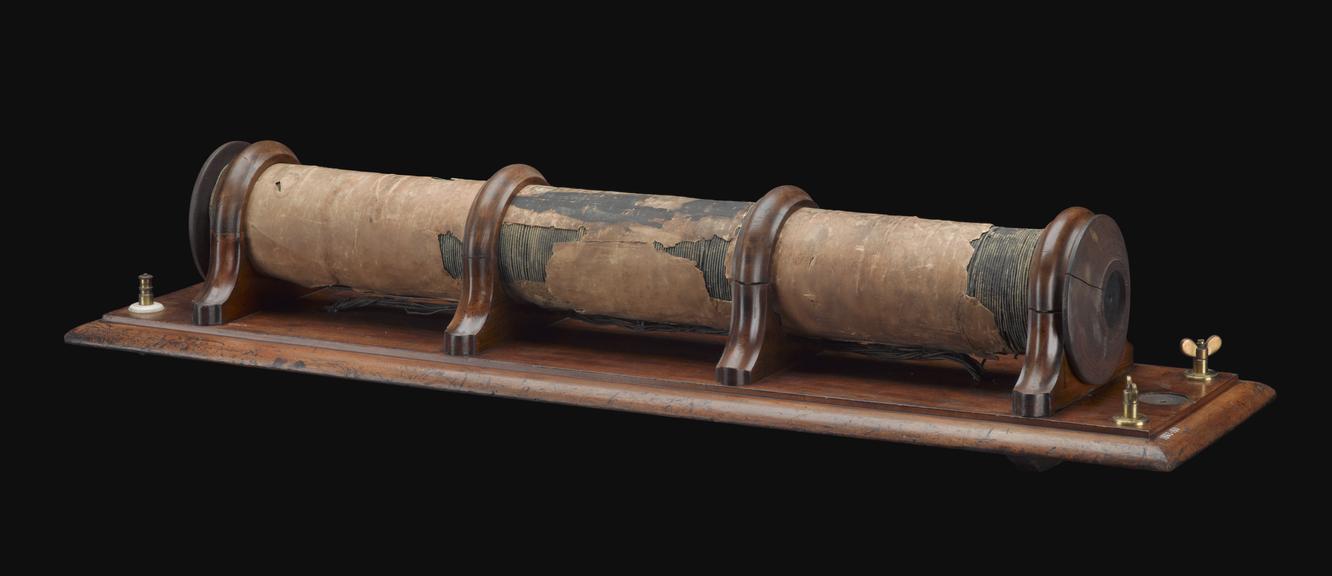
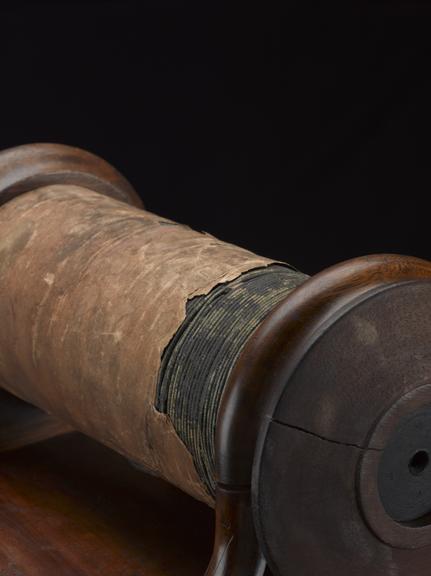
Induction coil, probably made by E W O Whitehouse, 1857. Previously believed to have been used for working the 1858 Atlantic cable. According to recent research by Allan Green (c. 2009), this coil is NOT one of the ones used by Whitehouse in working the Atlantic Cable of 1858 (see note)
Induction coil, probably made by E W O Whitehouse, 1857. Previously believed to have been used for working the 1858 Atlantic cable. According to recent research by Allan Green (c. 2009), this coil is NOT one of the ones used by Whitehouse in working the Atlantic Cable of 1858.
Edward Orange Wildman Whitehouse (1816-1890) was the electrical engineer for the 1857 and 1858 Atlantic cable expeditions. Whitehouse was not an engineer but a surgeon who had gained a good working knowledge of electricity. He has largely been blamed for the failure of the 1858 cable, due to his insistence upon using high voltage induction coils which, his critics argued, helped to destroy the cable after less than a month in operation. However, there were other reasons why the cable failed, connected with its quality of manufacture and a limited understanding of the harsh conditions on the ocean bed. Knowledge of electrical theory was in its infancy, too. It would be fairer to say that the fact that the cable worked at all should be counted as a major engineering achievement in itself.
Details
- Category:
- Telecommunications
- Object Number:
- 1862-160
- Materials:
- paper (fibre product), wood (unidentified), copper (alloy) and iron
- Measurements:
-
baseboard (weight including coil): 240 mm x 1111 mm x 285 mm, 42 kg
coil: 920 mm x 111 mm diameter
- type:
- coil
- credit:
- From John Watkins Brett



